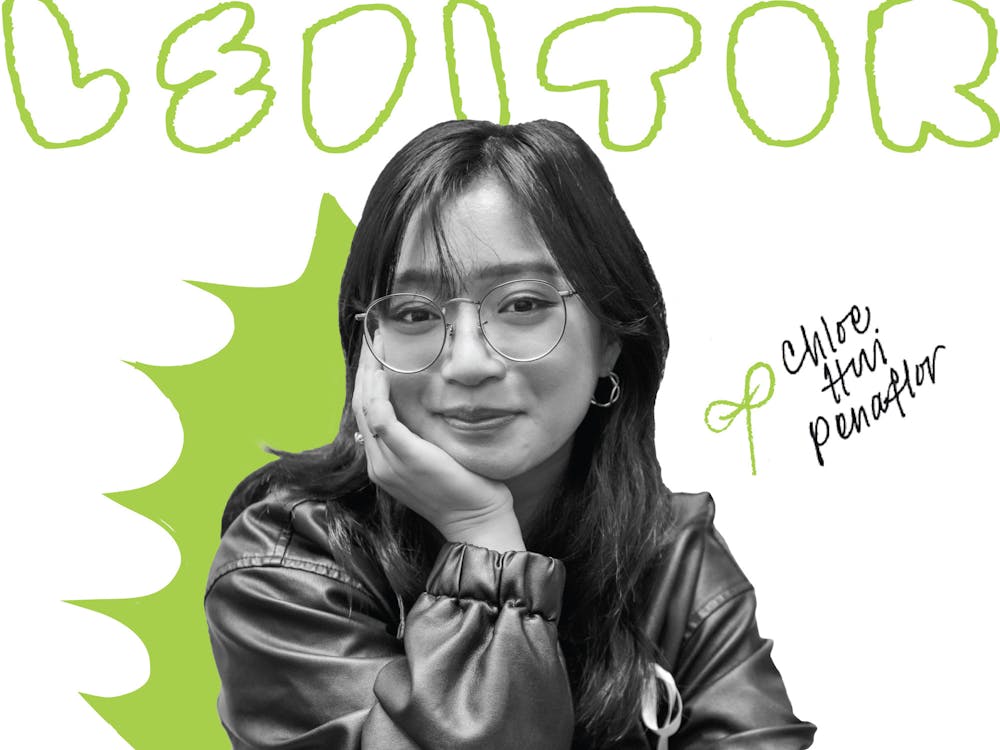There’s so much worth in getting to know other people. We do it as a formality. We’ll ask, “How are you?” or introduce ourselves, but it’s out of courtesy. I wanted this magazine to focus on the people within USC and Columbia in contrast to our previous issue, where the focus was on technology. I think one can find a lot of their identity present in how they express themself, and that’s greatly influenced by their cultural upbringing and their experiences up until that point. By getting to know somebody, you get to learn how they express themselves, especially in a creative manner. What they choose to spotlight as their topic or subject shows what they value.
When I first moved here, I didn’t want to be a person of color. I wanted to be blonde with blue eyes and fit a Eurocentric beauty standard. Being constantly ostracized for something you can’t change does something to you, especially in such a vulnerable and formative period of your life — there are things you can’t fully comprehend when you’re five years old. A frustration I have with being Asian in America is that some people are very ignorant and choose to stay ignorant. Even if I make an attempt in showing them my culture, they don’t care. That does hurt, not for my pride or my ego, but it is a big part of my identity that I can’t change, nor would I want to change.
Having to suppress myself so much has resulted in my development from the social butterfly I was in first grade to the quiet art kid everyone knew me as in high school. They knew my art better than my name. I think as I’ve matured, in creating art, I’ve had the opportunity to reconnect to the version of myself that I suppressed for so long. When I was younger, I relieved stress by doing gymnastics. Instead of being judged for my race, my worth was determined by my skill. In college, I’ve been able to take a step back and trace where I came from to where I am now. In being able to delve into artistic expression, I’m able to process my emotions rather than avoid them. Now, art is less of a stress reliever and more of an emotional processer.
Art is just one way I’ve found to express myself without saying so much, because I can do so through the clothes I wear and how I present myself. The journey of learning how to express myself without feeling as though I have to suppress who I am has helped me navigate what my identity is. Living in the South as an Asian person has not been easy because there just isn’t that much diversity here. Becoming editor of this magazine has meant a lot, not only because I was granted this position during AAPI Month, but because the magazine will take on a new perspective in a more diverse direction. Being in this position not only allows me to explore representation that needs to be apparent in media but also gives that global perspective student media desperately needs.
It has not been easy to have a voice in the spaces where I have been. I’ve had to change myself to accommodate other people, and in developing this edition, I know that there are other members within the magazine that would feel the same way regardless of race. I find it really important to give them a space to express themselves and not have to modify to something that isn’t true to who they are. To be human means to express yourself. At the end of the day, we just want to let people know that we’re here. Even if we are the side characters in each other’s lives, we all experience the weight of our goals and ambitions as vividly and deeply as the next person. Life is complex, but so are we — all it takes is the courage to say hello.

